United States Supreme Court to Decide on Whether AI Can Be Considered an Inventor
- ByAdmin --
- 28 Mar 2025 --
- 0 Comments
In a potentially game-changing legal battle that could reshape the future of innovation and intellectual property, the United States Supreme Court has agreed to hear a case centered on whether artificial intelligence systems can be credited as inventors under U.S. patent law.
This high-stakes case pits traditional legal frameworks against the fast-evolving capabilities of AI, raising complex questions about authorship, ownership, and how society values creative output in the age of machines.
The Origins of the Case
The case stems from a patent application filed by a technology firm led by Stephen Thaler, who developed an artificial intelligence system called DABUS (Device for the Autonomous Bootstrapping of Unified Sentience). The application sought patents for two AI-generated inventions—a food container and a flashing beacon device. Uniquely, the application listed DABUS, the AI system, as the sole inventor.
Thaler argued that the AI system had autonomously generated the designs without human intervention, and therefore should be acknowledged as the inventor. His legal team maintained that denying DABUS inventorship was akin to failing to recognize the true source of the innovation.
Rejection by the US Patent Office
The United States Patent and Trademark Office (USPTO) rejected the application, citing the language of current patent law. According to the USPTO, the term “inventor” in U.S. statutes refers explicitly to a “natural person.” This interpretation has been consistently upheld by lower courts, including the U.S. Court of Appeals for the Federal Circuit, which found no ambiguity in the law’s requirement that inventors be human beings.
Thaler then appealed to the highest court in the land, arguing that the law must evolve to keep pace with technological progress.
What’s at Stake?
The Supreme Court’s decision could have profound implications for how intellectual property law is applied in the future. The case raises three critical legal and ethical questions:
1. Can Artificial Intelligence Be Granted Intellectual Property Rights?
If the Court allows AI to be listed as an inventor, it would establish a precedent that machines can hold—or at least generate—legal rights to intellectual property. This could fundamentally alter how innovation is recognized and rewarded.
2. Should Patent Laws Be Rewritten to Accommodate AI-Generated Inventions?
Opponents of the current law argue that it is outdated and fails to address the reality that AI is now capable of designing complex technologies, pharmaceuticals, and algorithms. They believe a legal overhaul is necessary to account for AI’s role in modern R&D.
3. What Are the Broader Legal and Economic Ramifications?
Recognizing AI as an inventor may open the floodgates for automated innovation. Companies may deploy AI systems to generate patent portfolios at unprecedented speed, raising questions about patent abuse, monopolies, and fairness in innovation-driven industries.
Global Ramifications
The case is also being watched closely by international legal bodies. Courts in countries like the UK, Australia, and South Africa have already been confronted with similar questions—some upholding human inventorship requirements, others expressing openness to legislative change.
Legal scholars suggest that whatever ruling the US Supreme Court hands down could influence global patent frameworks and prompt other countries to re-evaluate their stance on AI-generated innovations.
The Broader Debate: Tool or Creator?
At the heart of the matter is the philosophical dilemma: Should AI be viewed merely as a tool used by humans to invent, or has it reached a stage where it operates with enough independence to be considered a creator in its own right?
While AI lacks consciousness, its ability to analyze data, generate new ideas, and optimize designs challenges long-standing assumptions about creativity and human uniqueness in the innovation process.
Conclusion
As AI continues to blur the lines between human and machine contributions, the U.S. Supreme Court’s decision could either uphold the status quo or usher in a new era of legal recognition for non-human inventors. Regardless of the outcome, this case marks a critical moment in the legal history of technology—one that may define the boundaries of innovation in the 21st century.



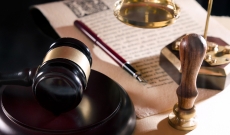
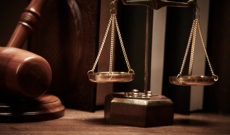
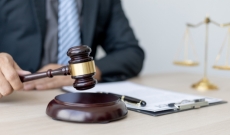
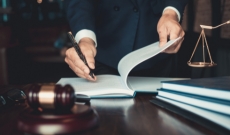
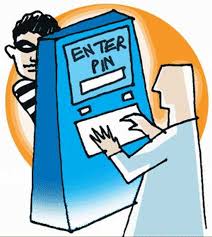
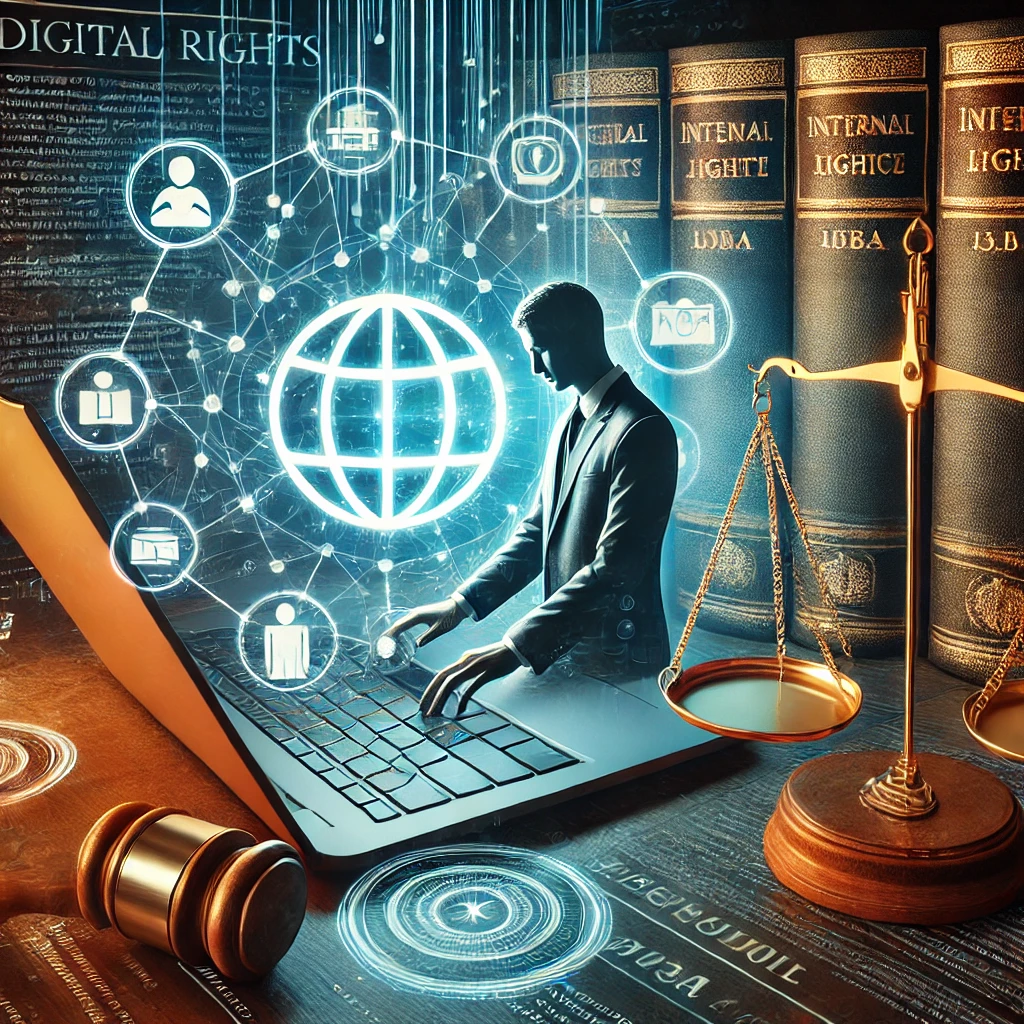









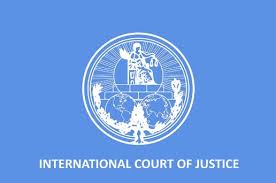
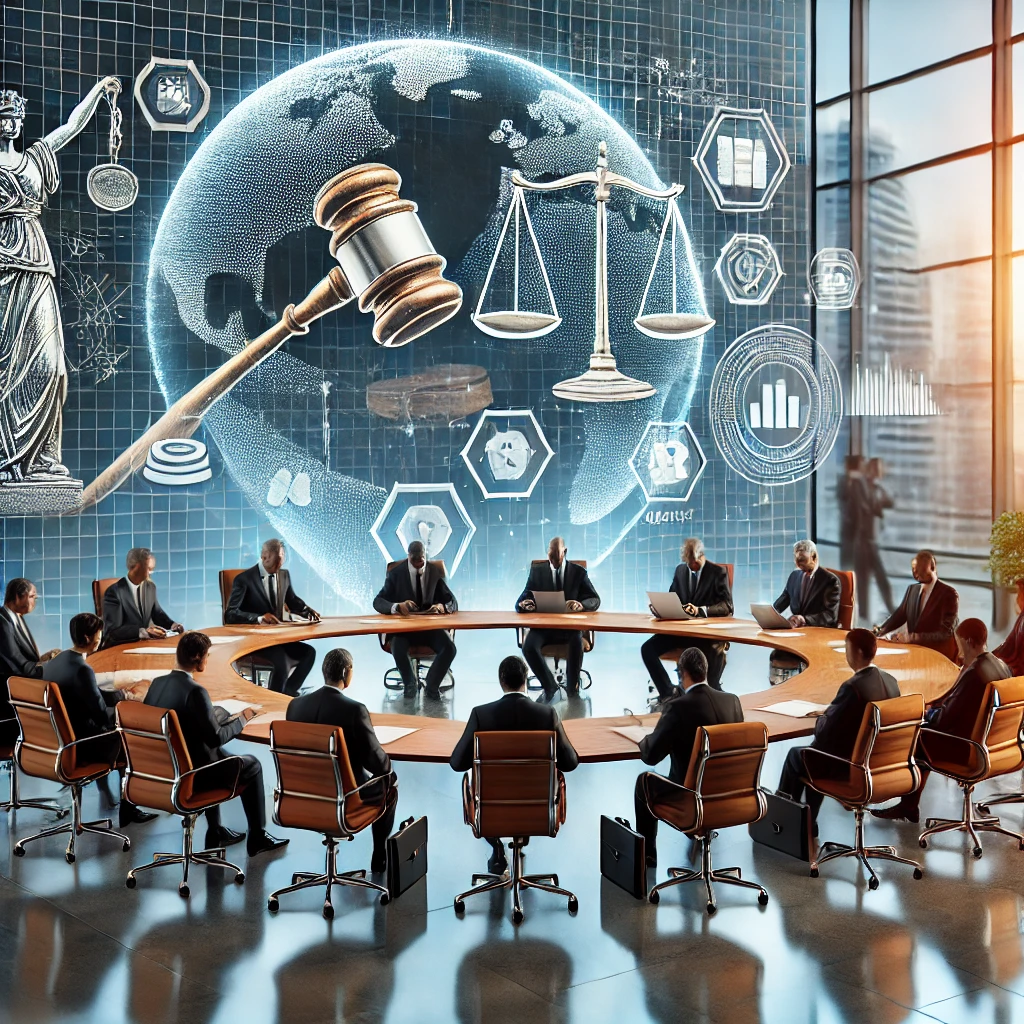








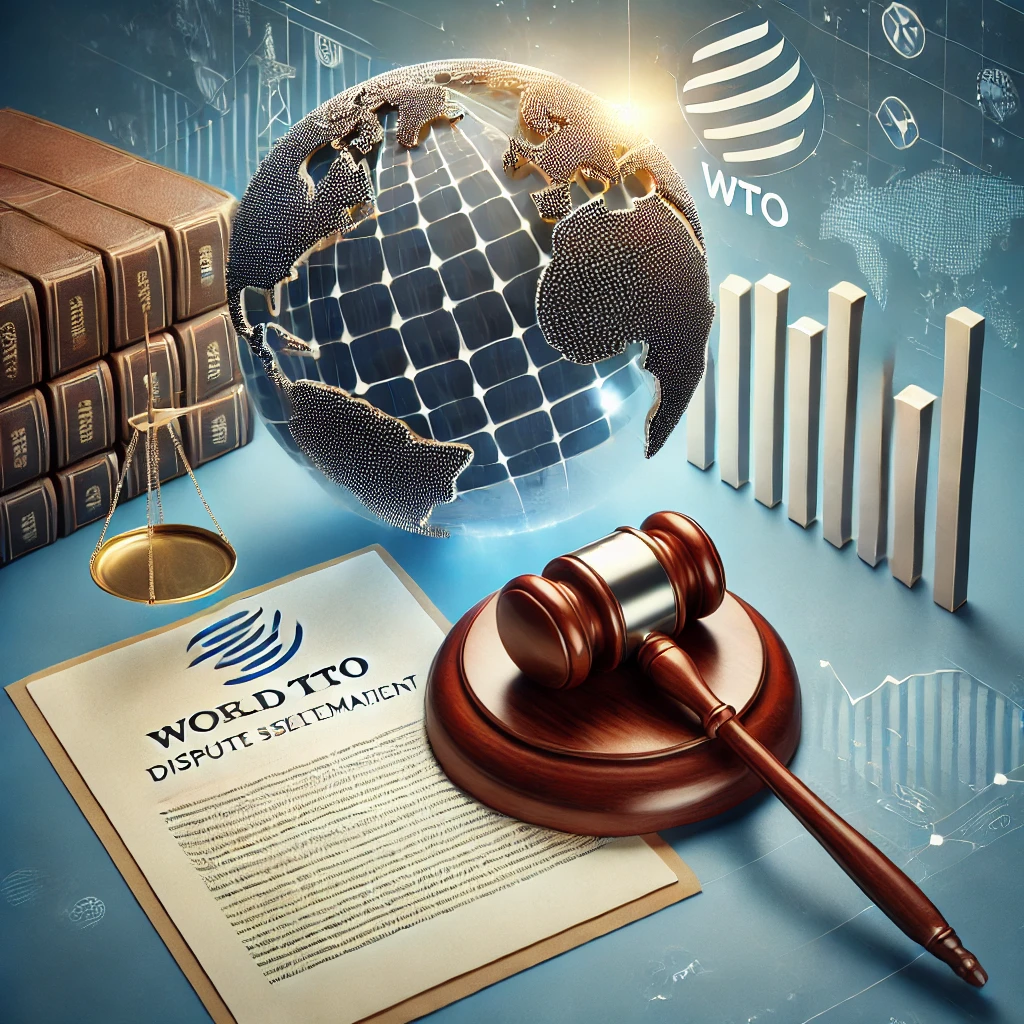


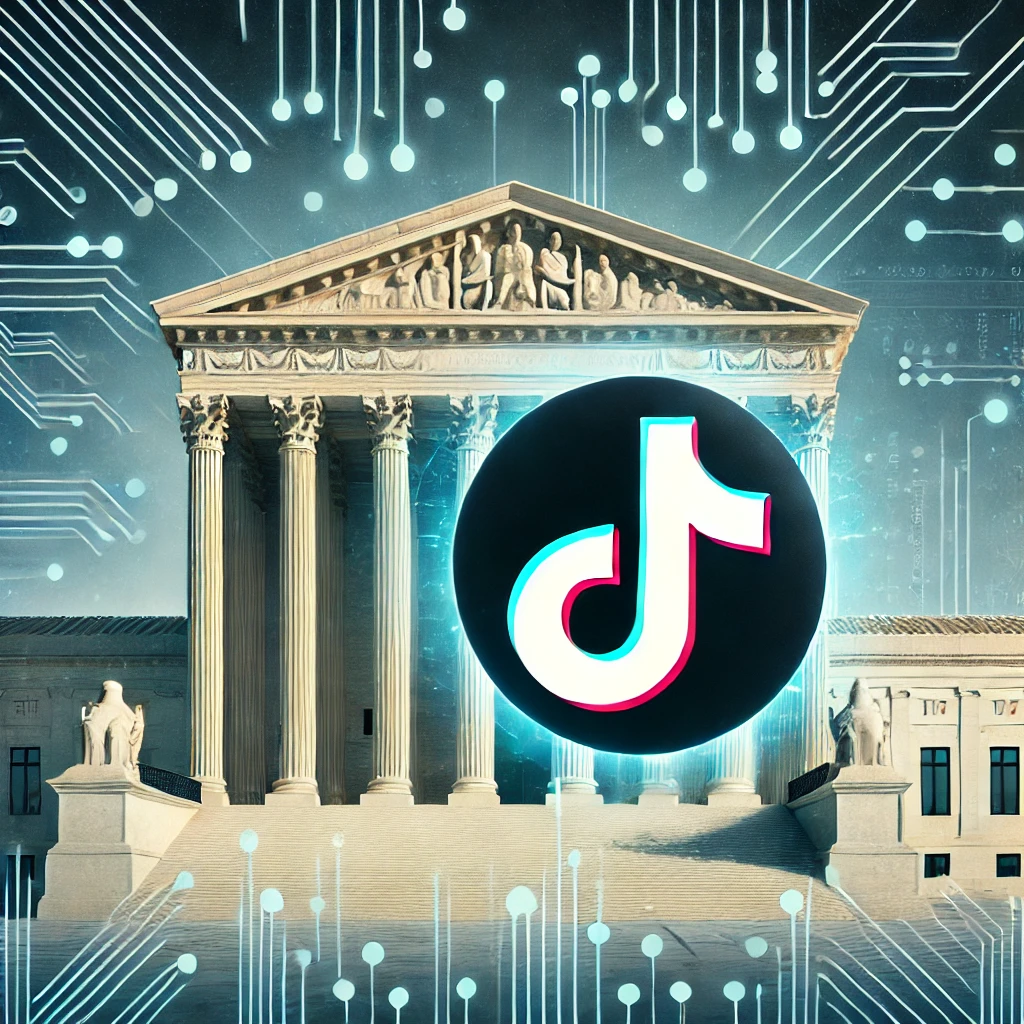
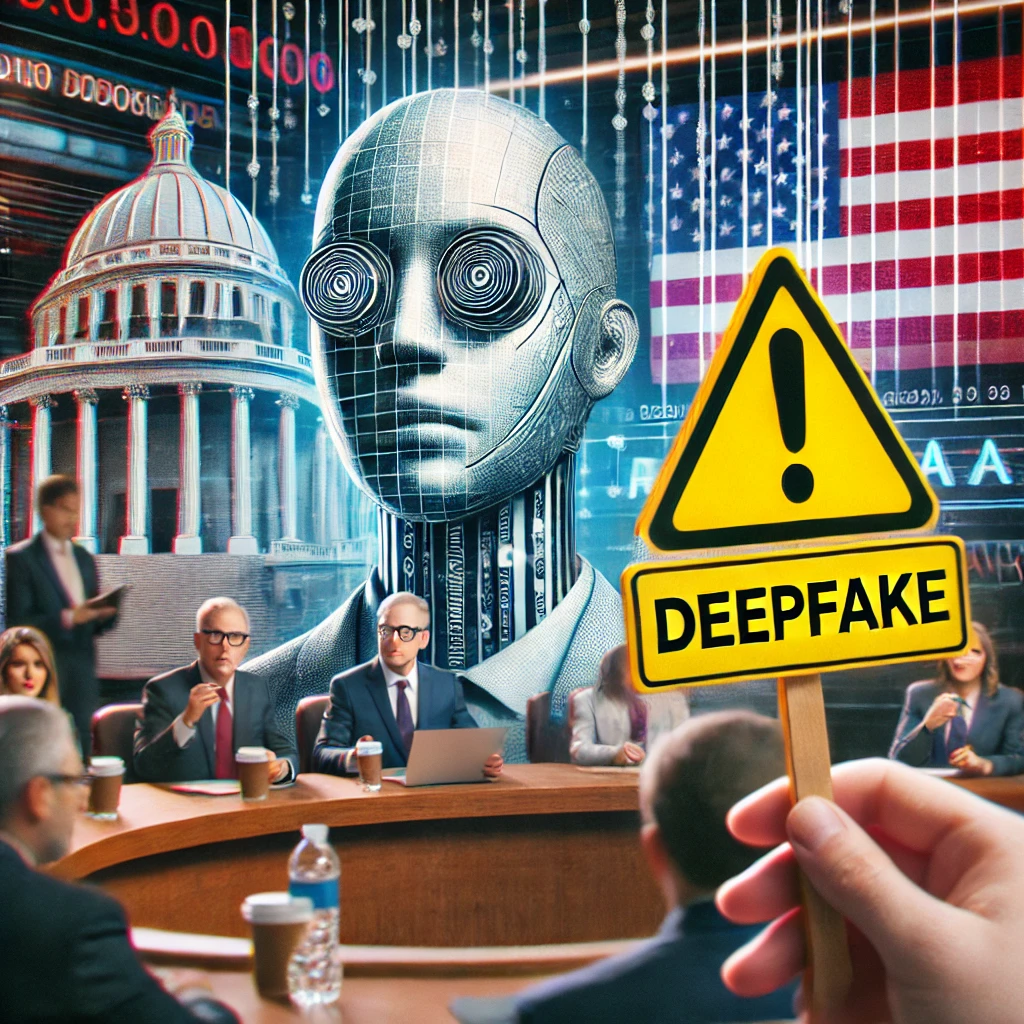

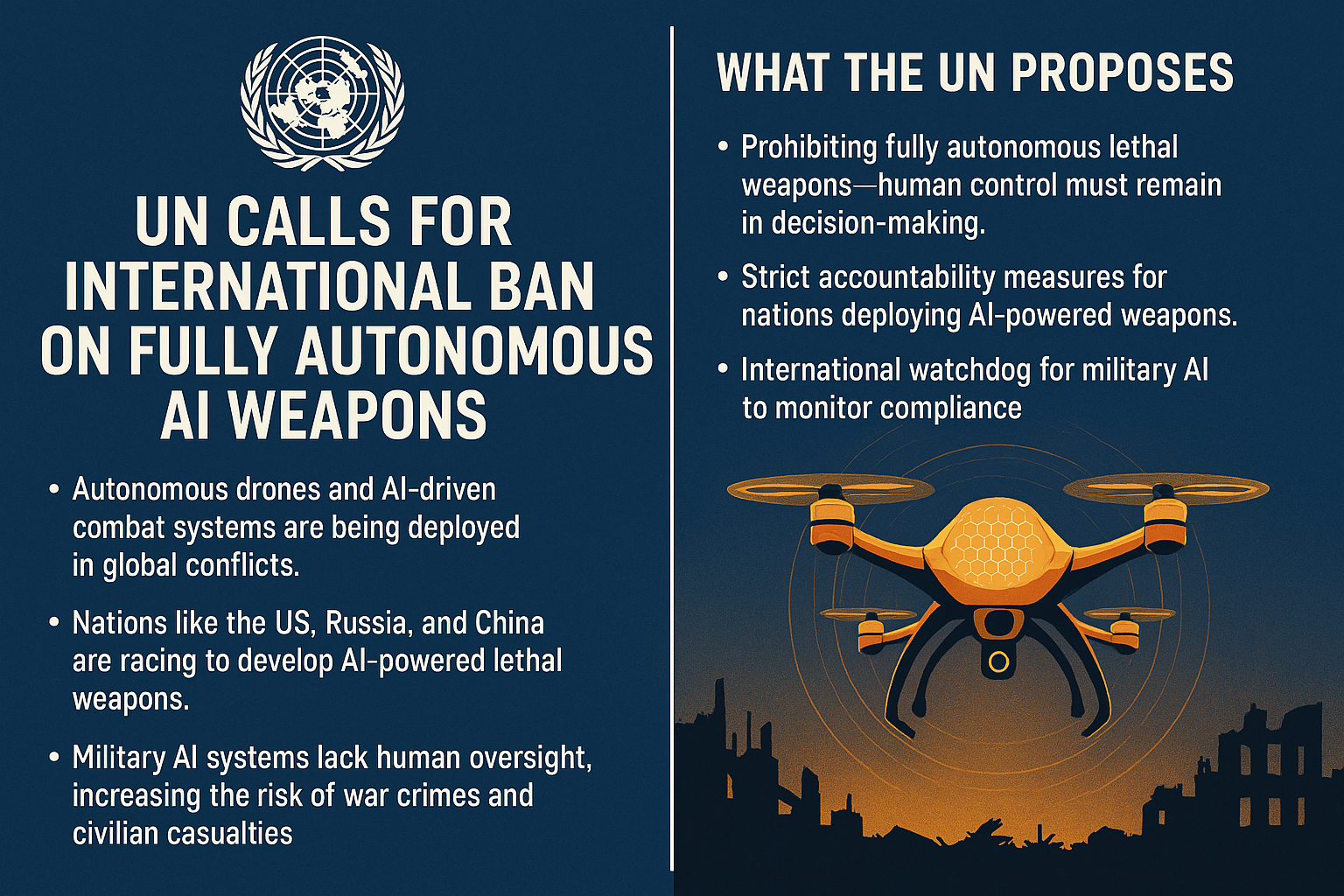
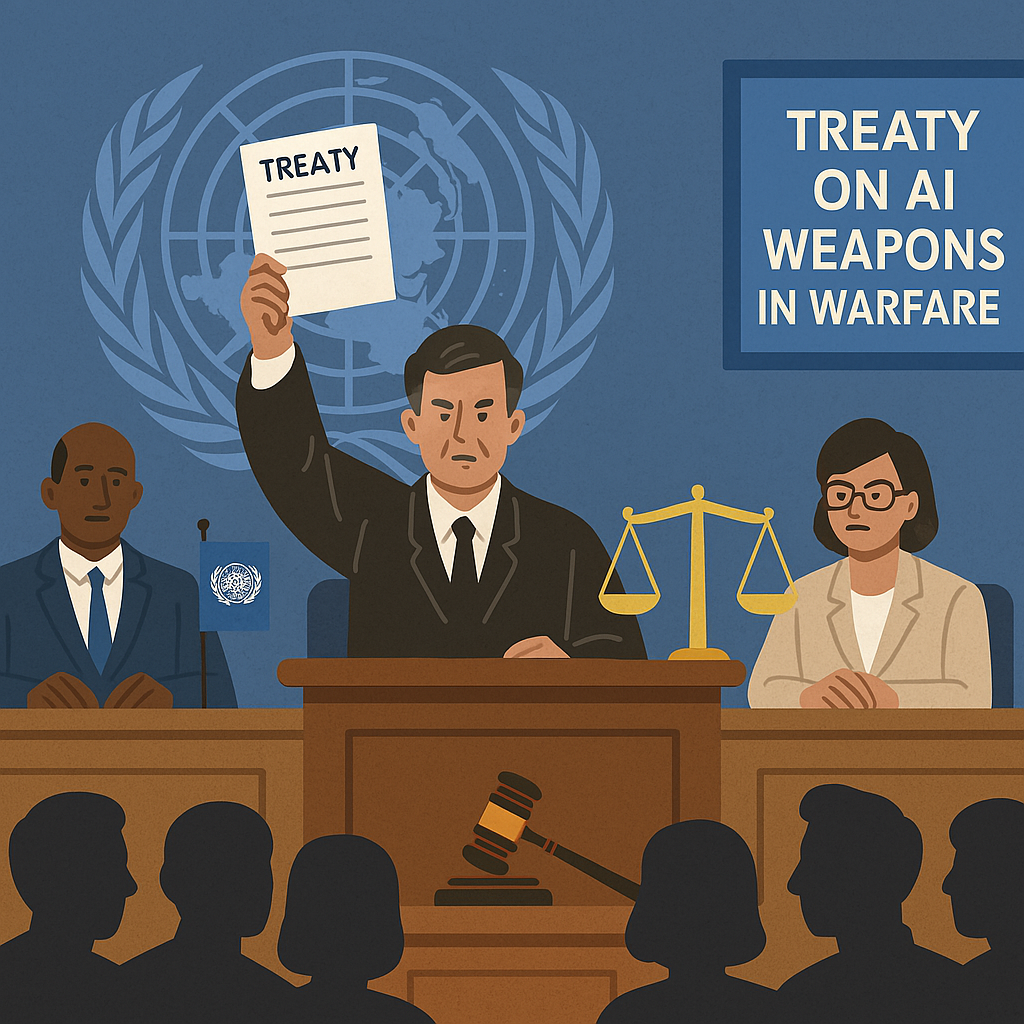



0 comments